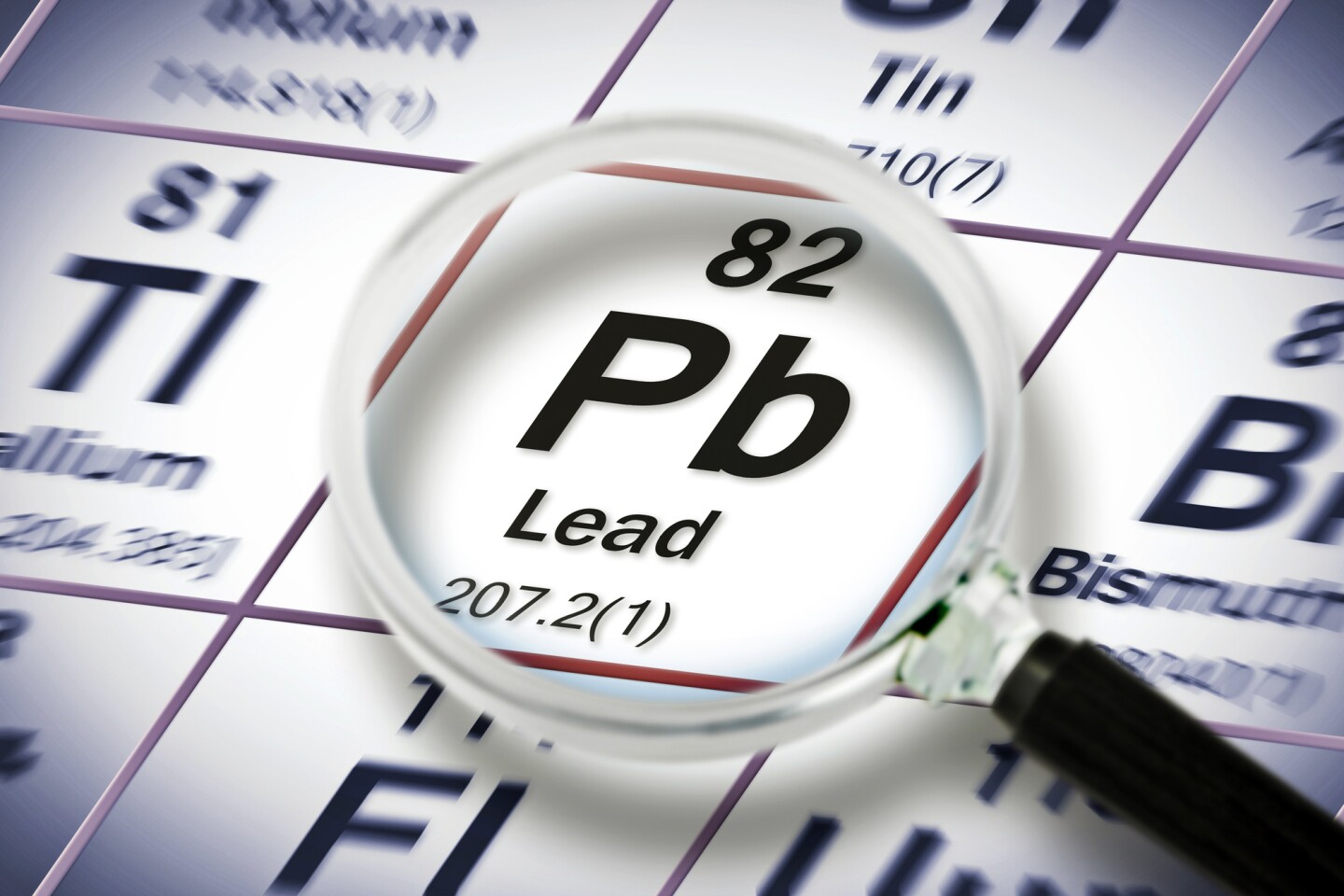
In a recent study, researchers from the University of California Berkeley and Columbia University discovered concerning levels of toxic metals, including lead and arsenic, in tampons sold across the US, Europe, and the UK. The findings were published in the journal Environmental International.
The team tested 30 tampons from 14 different brands purchased from major online retailers and stores. Their results showed that all types of tampons contained detectable levels of metals, with no single category consistently showing lower concentrations across all or most metals.
Lead was found in all 30 tampons tested, while arsenic was more frequently present in organic tampons than non-organic ones. The researchers noted that the presence of metals could be due to contamination of raw materials or water during manufacture, or the intentional addition as antimicrobial agents, odor control, or lubrication.
The study highlighted the need for regulations requiring manufacturers to test metals in tampons. The researchers also emphasized that any substance entering the bloodstream from the vagina is not filtered by the liver and could potentially have negative effects on health, including impacting the brain, kidneys, heart, blood, immune system, and reproductive organs.
Further studies are necessary to determine whether these metals leach out of tampons. The Food and Drug Administration did not immediately respond to a request for comment on the findings.






